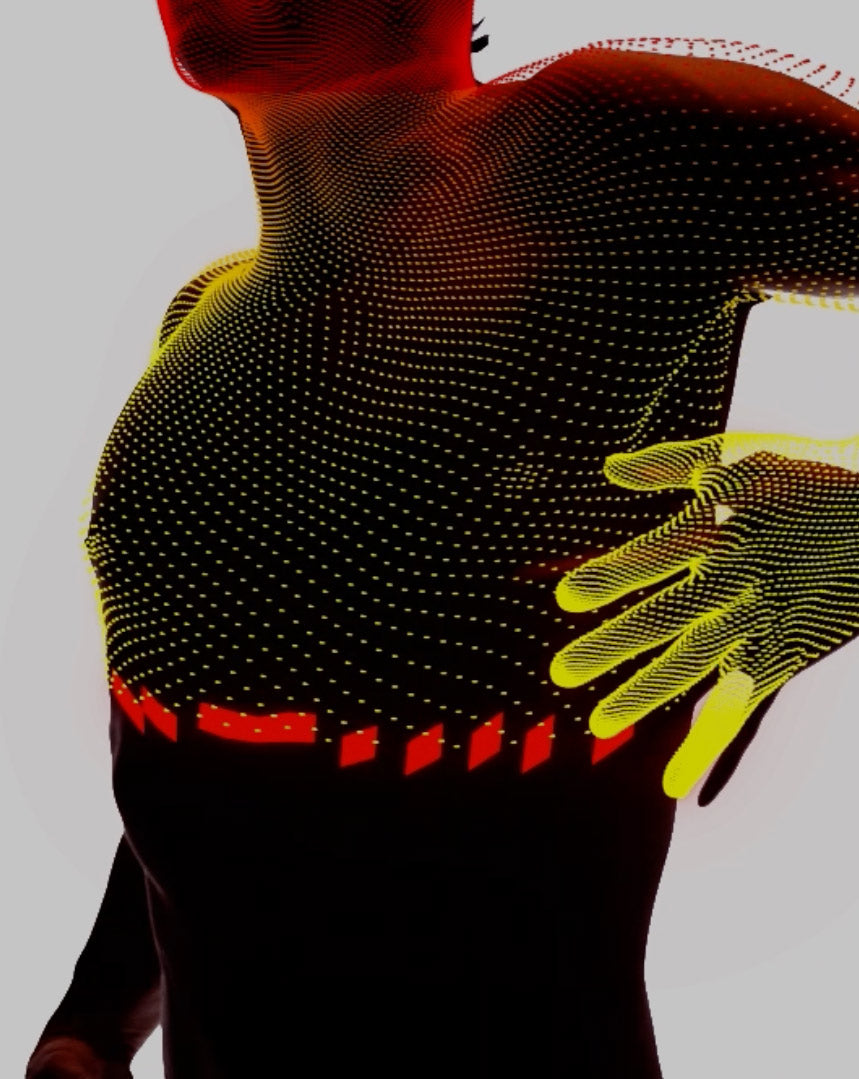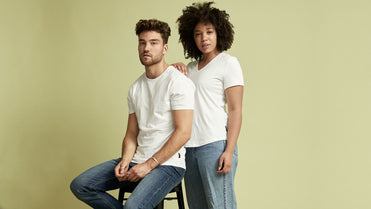Marigolds are sunny, uplifting flowers on the orange side of yellow. As plants, they're sure things; not fussy at all, just give them sun and they'll grow.
The Spaniards used to place them on altars of the Virgin Mary, nicknaming them 'Mary's Gold’, hence their name today. These flaxen florae are so warm that they represent the sun, brightness, and all-around positive vibes in Hindu weddings.
You literally cannot be sad when you're looking at a marigold. They're floral oxytocin.
Flower power

A party in a cemetery? Day of the Dead celebrations include visiting graveyards and even spending the night there with friends and family. Party-goers bring pillows and blankets for themselves and for the visiting souls too.
These happy flowers are members of the Tagetes family, an extended crew of 60 plants native to Central America. Family talents are extensive and include lending their essential oil to perfume and food flavouring, being a culinary herb and also a medicinal tea for upset tums. The Aztecs even used them to cure hiccups (proven), as well as a remedy for anyone struck by lightning (jury's still out).
To the ancient Aztecs, the smell and bright petals of the Flors de Cempasúchil (marigolds) were said to show souls the path from the cemetery to the offerings, or ofrendas, made by their living releatives in celebration of the deceased.
It’s no surprise to find the #1 job on any marigold's resume as being the figurative flower in the famous Mexican celebration Día de los Muertos (Day of the Dead). This festival is a frenzy of colour, smells, and textures; a salute to death as a decisive factor in life.
As the official flower of the festival, marigolds symbolise life's beauty and fragility – such is the fleeting nature of flowers.
November 1st is Dia de los Angelitos, when the spirits of deceased children are said to reunite with their families for 24 hours. At midnight, the festival shifts focus to the adults for Día de los Difuntos, where the ofrendas are re-adorned with a tipple of tequila, bread for the dead and hot corn-based Atole. There are also games, dancing, music and anecdotes about lost loved ones and copal (tree resin) incense fills the air to represent the shift from physical to the supernatural.
November 2nd is Día de los Muertos when the living and the dead convene, and families flock to celebrate loved ones gone. Ofrendas bring them back from the land of the dead: photos of the departed, as well as their fave foods, fruits, candles and big, bright marigolds. Water too because returning souls are parched after their long trip. Naturally.
Enticed by prayers from the living, souls head to the altars where the dead and alive share a meal – in homes, places of work and cemeteries, schools and libraries.
Importantly, there are no tears; the Day of the Dead (DOTD) is a one of revelry and joy. This is in stark contrast to the west, where 'death' is a dirty word, a taboo topic whispered under the breath or worse, avoided at all costs. Not here – Mexicans know how to live alongside death as a necessary part of life.
A head for festivity

‘Day of the Dead is a living expression of culture passed down from generation to generation. So much so, in 2008, UNESCO declared Día de los Muertos a masterpiece of the Cultural Heritage of Humanity, and one of the oldest and intact expressions of indigenous groups.’
Death imagery is a big part of any DOTD bash: the grim reaper, tombstones, cemeteries and twisted bread topped with white icing to resemble bones. Among these ornaments is the all-important skull or calavera and the streets are charged with people in costume skull masks (calacs) and incredible makeup.
Skulls also appear as sweets made of chocolate or sugar. Look closer, and you'll see names of the recipient (departed or living) on the forehead. By eating the sugary goodness, the living associate joy and delight with death. In Mexico, death and dying isn't about sombre moods and hushed tones; it's a time for celebration, sharing, laughing and connecting over the mortal divide.
As well as sweet skulls, there are also Calaveras Literarias or ‘literary skulls’. People pen spirited, satirical short poems in rhyming verse to memorialise the dead and remind the living of their mortality.
These commemorations are composed for mates, colleagues, family or even public or famous figures. Sometimes, they pretend the person has died and poke fun at their flaws. After all, no one said death had to be serious.
So here’s one we made the planet, just in time for COP26:
Big ball green and blue
We lament our treatment of you
We ruined your creatures and your features
Now we’re left in a dust bowl of poo.
Would the real Catrina please stand up?

Search ‘sugar skull makeup’ on YouTube, and you'll get thousands of tutorials. This makeup ritual took off after the release of the animated film ‘Coco,’ which tells the tale of a young character transported to the Land of the Dead.
Tall lady skeleton with an elaborate hat with feathers?
Yeah, you know the one. La Catrina is the go-to Mexican souvenir, their version of the clip-on Koala. She's also the poster child for DOTD, with her story rooted in tradition and her flexible aesthetics that change with the times.
The Aztecs extolled a goddess of death who shielded loved ones as they transitioned to death. But the Catrina you know today, came from the imagination of artist José Guadalupe Posada in the 1900s, before being 'refreshed' by the much more famous Diego Rivera.
A fan of satire, Posada was a popular but contentious activist who viewed death as the ultimate equaliser. He drew skeletons to mock the illusion of mortality and represent that we will all die regardless of wealth, colour or class. The dandy La Catrina with her showy hat is a stab at the urge to emulate affluent Europeans and a dig at the attempt to be anything other than who you are.
No amount of primping and peacocking will outwit death. ‘Death is democratic’ as Posada famously said – we all end up as skeletons in the end.
For that reason, La Catrina is all about living your true self.
Yellow, is it me you’re looking for?

According to surveys in Europe, Canada, and the USA, people associate yellow with amusement, gentleness, humour, and spontaneity.
In Chinese culture, yellow is the sweet spot between yin and yang. This makes sense when you understand that our eyes are at the height of sensitivity when we look at the yellow wavelength.
Yellow is basically eye candy.
It pops like nobody's business, and humans can detect more shades of yellow than any other colour apart from green. Which is why highlighters actually work, having been proven to stimulate both the brain's visual and language systems simultaneously, making what you’ve highlighted more memorable.
The marigold standard
We dare you to look into the petal-ly face of a marigold flower and not smile. As a colour, it lives the chutzpah of courage, optimism and self-esteem. You can’t hide in marigold, and nor should you want to!
So harness the energy of the sun, stand in your truth and lift your spirits in one of our Magic Fit® Tees in limited edition Marigold.










